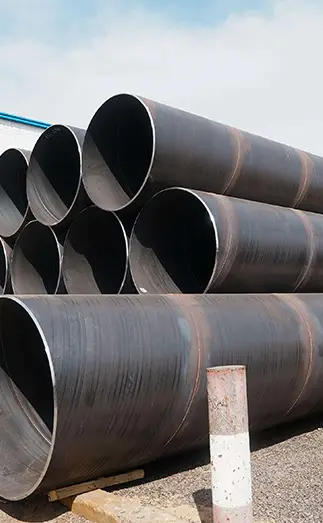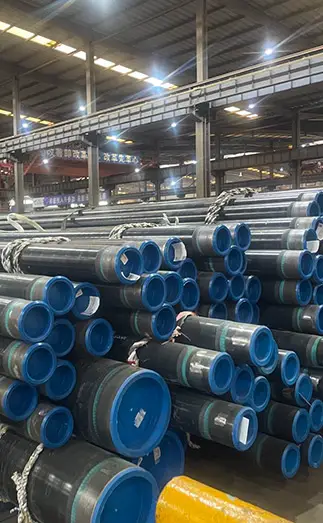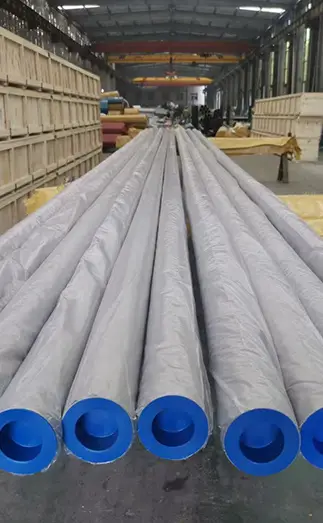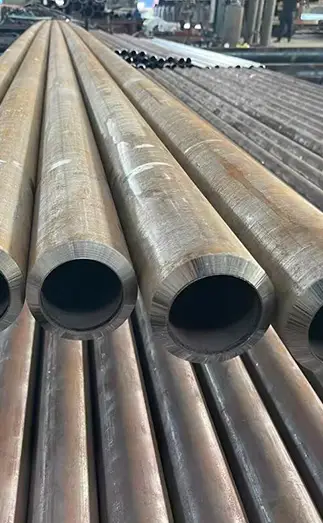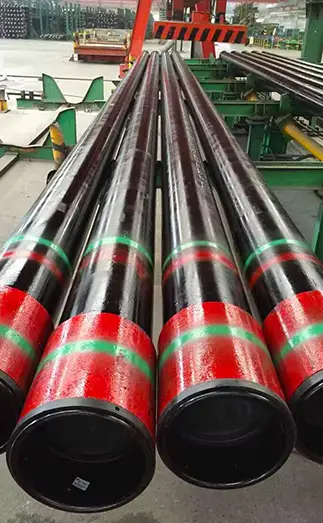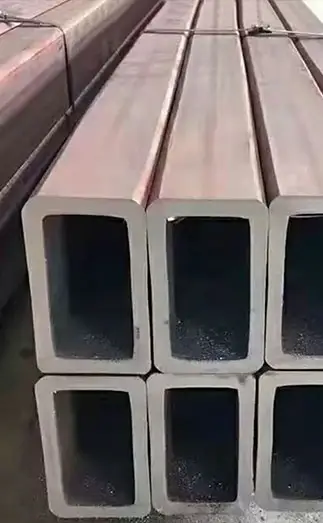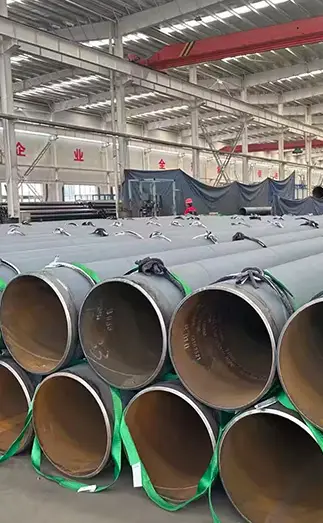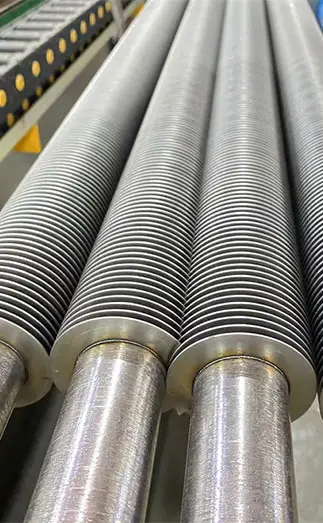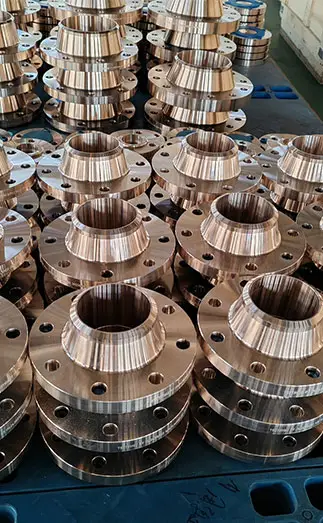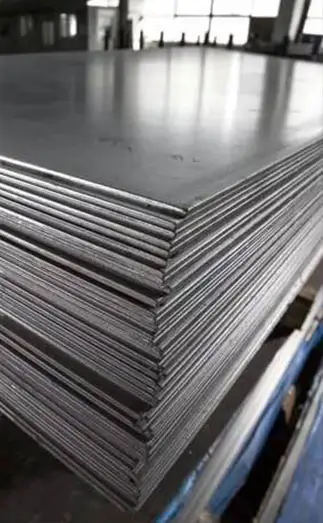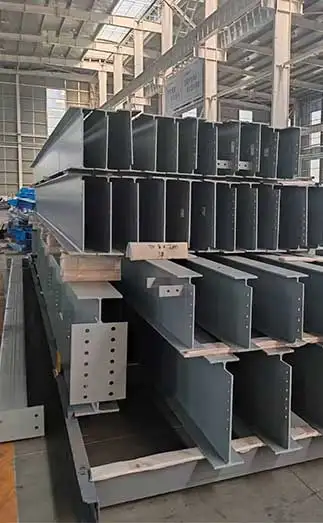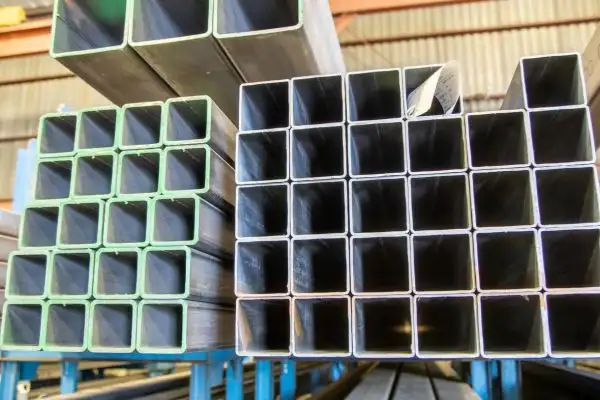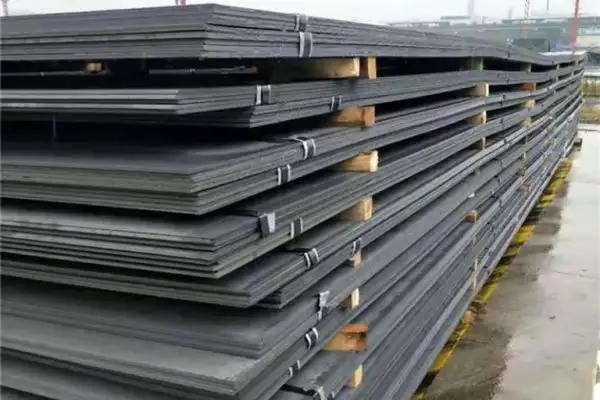Cutting steel plates is a fundamental process in steel fabrication, directly affecting product quality, precision, and efficiency. Depending on the material type, thickness, and desired accuracy, several cutting methods can be applied. Below are the most common and practical techniques used in modern steel processing.
1. Flame Cutting
Flame cutting is one of the most traditional and widely used methods for steel plate processing. It uses a high-temperature oxy-fuel flame to cut through steel, shaping it to the desired form.
Advantages: Low cost, flexible operation, and suitable for various plate thicknesses.
Limitations: Lower precision and efficiency compared to advanced methods; usually requires post-cut finishing for smoother edges.
2. Plasma Cutting
Plasma cutting utilizes ionized gas (plasma) with extremely high temperature and energy to melt and remove material from the steel surface.
Advantages: High cutting speed, excellent accuracy, and good surface quality—ideal for thin to medium-thickness steel plates.
Limitations: Higher operational costs and limited suitability for certain special alloys.
3. Laser Cutting
Laser cutting is a high-tech, precision-oriented method that uses a focused laser beam to melt or vaporize the material along a defined path.
Advantages: Exceptional cutting precision, fast speed, and smooth edges, capable of handling complex shapes and special materials.
Limitations: Higher equipment cost and maintenance requirements; operators need specialized training.
4. Waterjet Cutting
Waterjet cutting is a relatively new and environmentally friendly technology that uses a high-pressure water stream, sometimes mixed with abrasive particles, to cut through steel.
Advantages: Clean, precise cuts with no heat-affected zones; produces no harmful gases or smoke, making it safe and eco-friendly.
Limitations: Slower cutting speed, higher water consumption, and limited efficiency for very thick or dense materials.
Conclusion
Each cutting method has its own strengths and limitations. The optimal steel plate cutting process should be selected based on specific factors such as material type, thickness, accuracy requirements, production volume, and cost efficiency. By choosing the right technique, manufacturers can ensure both high-quality results and efficient production performance.



 English
English Español
Español Français
Français بالعربية
بالعربية